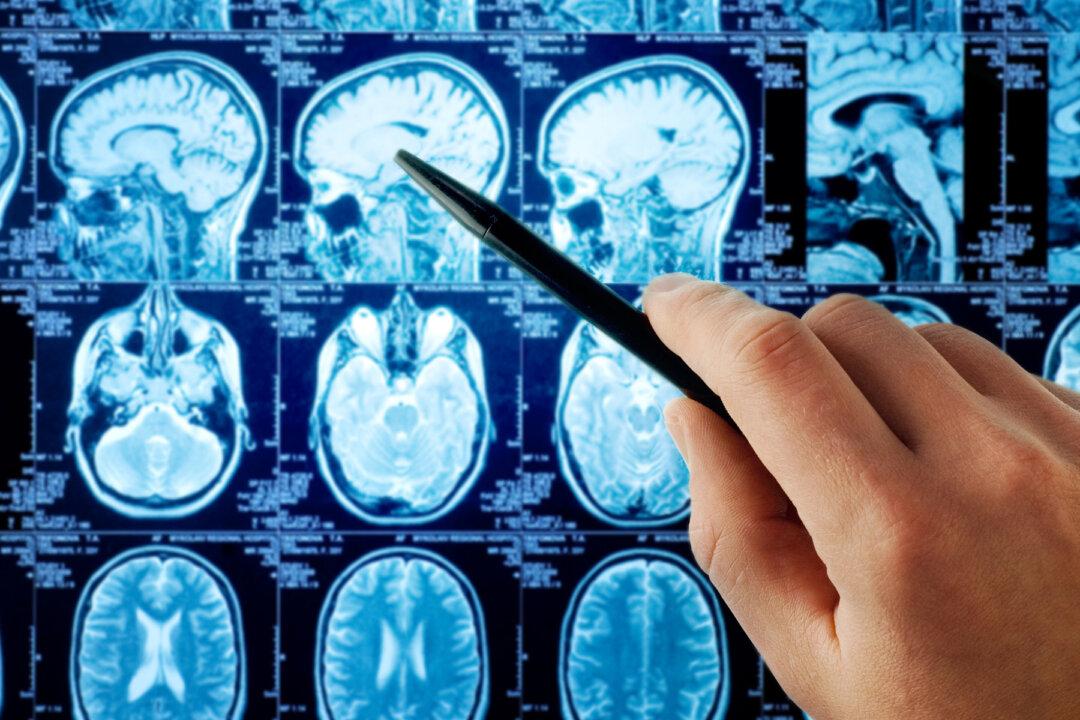A finding from Tel Aviv University has revealed a new remarkable method that can starve a type of devastating brain tumor—glioblastoma—to death.
The study explains that glioblastoma grows in the brain because of two mechanisms. These mechanisms play significant roles in accelerating the tumor growth. The first mechanism is the one that protects cancer cells from the immune system. The second mechanism is the one that supplies energy for the tumor to develop.





